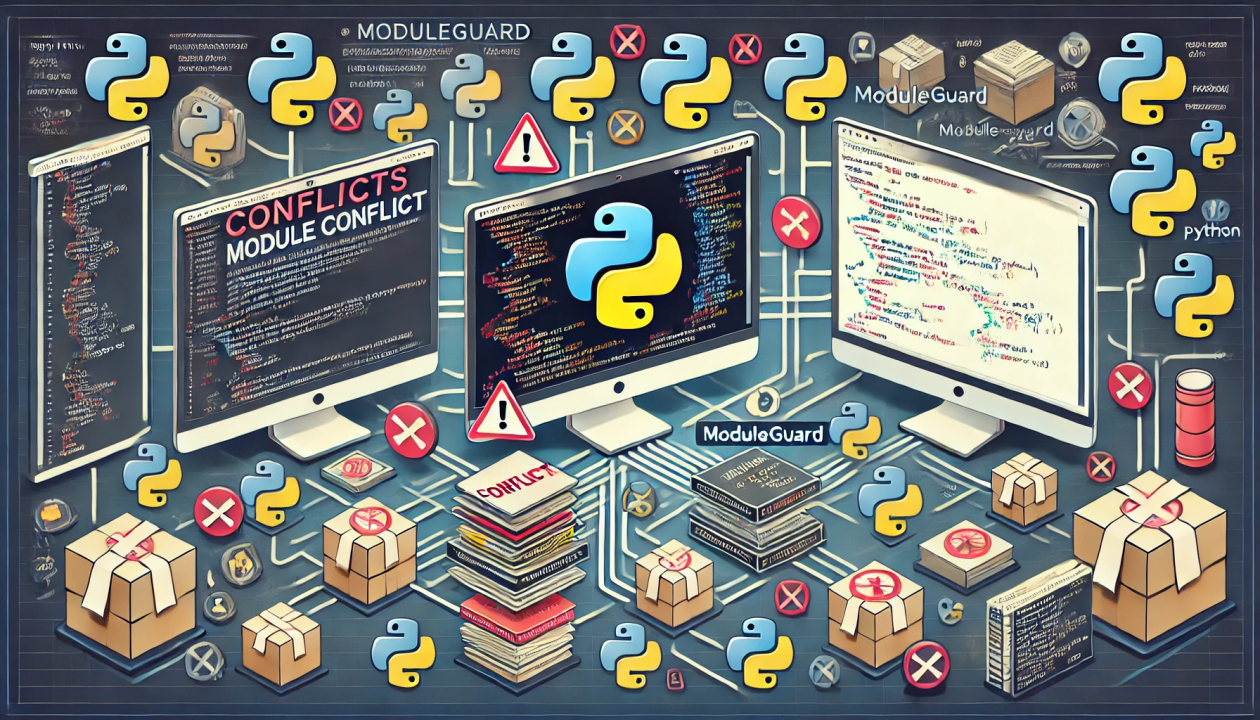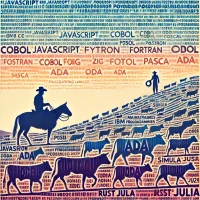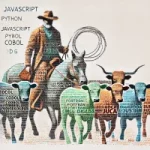One of GAMBAS’s biggest advantages is its fully integrated development environment (IDE), which resembles VB6 and offers an easy-to-use graphical interface. This makes creating forms, handling events, and connecting to databases significantly faster than using more complex frameworks.
Continue Reading “Why GAMBAS BASIC Deserves a Place in Your Development Toolbox”



Recent Comments